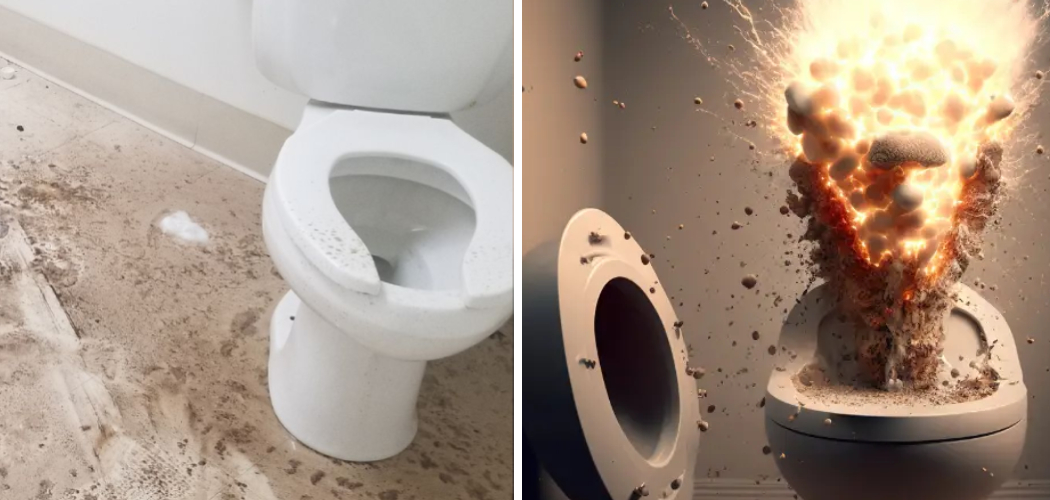Toilet backflow is an unpleasant and often distressing issue that can disrupt your household’s hygiene and comfort. It occurs when wastewater flows back into the toilet bowl instead of flowing through the plumbing system as intended. This phenomenon can lead to unsanitary conditions, foul odors, and even potential health hazards.
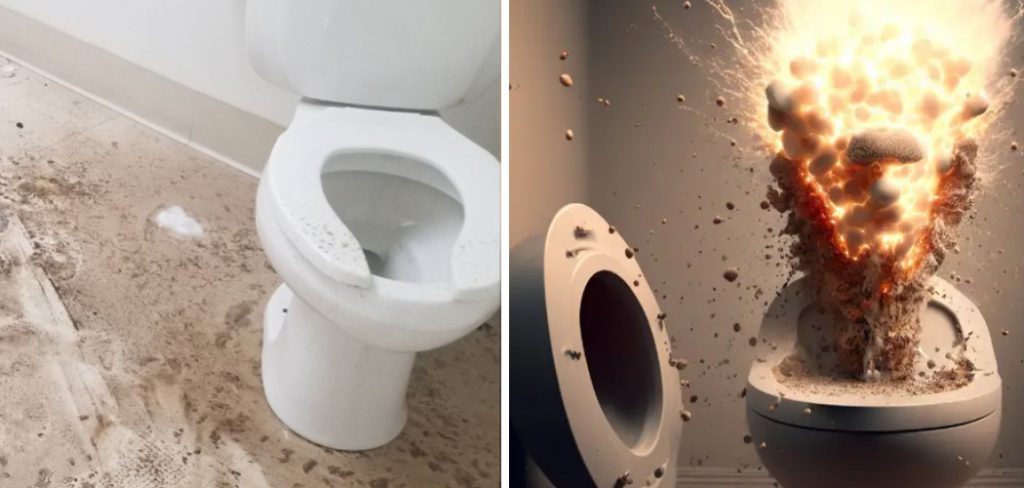
Understanding the causes of toilet backflow and exploring effective prevention methods is essential for maintaining a clean and functional bathroom.
In this guide on how to stop toilet backflow, we will walk you through the steps to diagnose, prevent, and address toilet backflow effectively, ensuring your bathroom remains a safe and pleasant space.
Why Does Toilet Backflow Happen?
There are several common causes for toilet backflow, including clogged pipes, sewer line issues, and plumbing system malfunctions. Let’s dive deeper into these causes and how they can be prevented.
Clogged Pipes
Clogs in the pipes leading to your toilet are one of the most frequent reasons for toilet backflow. These blockages can be caused by an accumulation of debris, such as hair, soap scum, and toilet paper. If not addressed promptly, these clogs can worsen and lead to a backup of wastewater into your toilet bowl.
To prevent clogged pipes from causing toilet backflow, regularly clean out the drain pipes using a plumbing snake or an eco-friendly drain cleaner. Additionally, avoid flushing any non-flushable items down the toilet to lower the risk of clogs.
Sewer Line Issues
Another common cause of toilet backflow is problems within the sewer line. Tree roots are notorious for growing into sewer lines and causing blockages that can result in backflow. Additionally, aging sewer lines can collapse or crack, leading to wastewater backup into your home.
To prevent sewer line issues from causing toilet backflow, have a professional plumber inspect and maintain your sewer lines regularly. If you suspect a problem with your sewer line, such as slow drains or foul odors coming from your toilet, it’s crucial to address it promptly before it worsens.
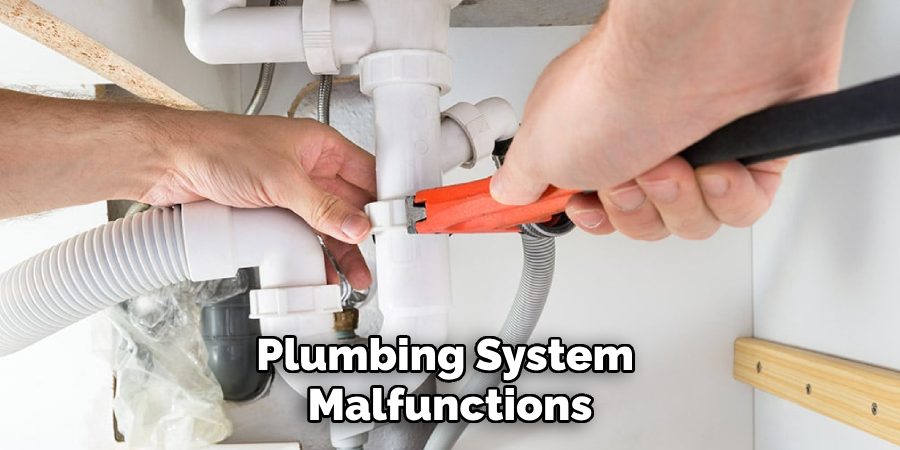
Plumbing System Malfunctions
Malfunctions in your plumbing system, such as a faulty valve or pump, can also cause toilet backflow. If any of the components in your plumbing system fail to function correctly, they can disrupt the flow of wastewater and lead to backups in your toilet bowl.
To prevent plumbing system malfunctions from causing toilet backflow, have a professional plumber regularly inspect and maintain your plumbing system. This will ensure that all components are working correctly and any potential issues are addressed promptly.
8 Step-by-step Guidelines on How to Stop Toilet Backflow
Step 1: Shut off the Water Supply
The very first step in addressing toilet backflow is to shut off the water supply to the toilet. This action will prevent any additional water from entering the bowl while you work on resolving the issue. Locate the shut-off valve, which is typically found on the wall behind the toilet or near the floor.
Turning the valve clockwise will stop the water flow. Once the water supply is shut off, proceed with confidence, knowing that you can address the backflow problem safely without risking a further mess.
Step 2: Plunge the Toilet
If you suspect that a clog is causing the backflow, use a plunger to dislodge it. Place the rubber end of the plunger over the drain opening and firmly press down and pull up repeatedly until you feel the obstruction move.
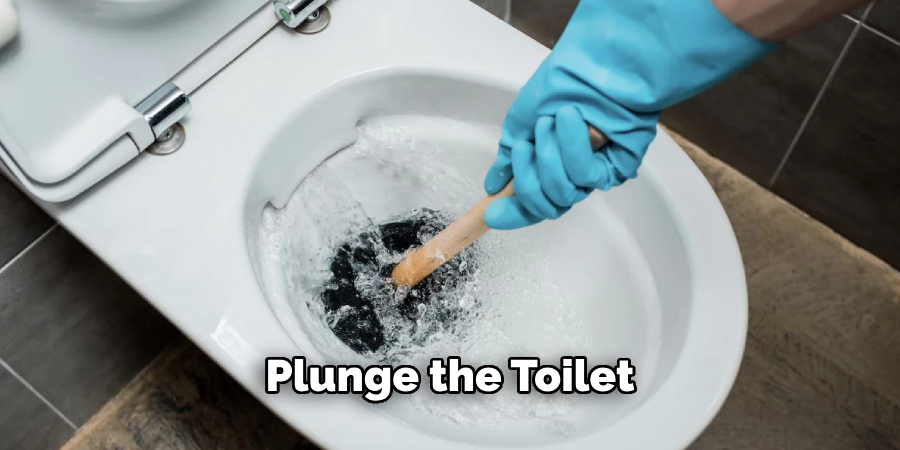
Then flush the toilet to see if this has resolved the issue. If not, do not continue plunging as it can worsen the problem.
Step 3: Use a Plumbing Snake
If plunging does not resolve the backflow issue, the next step is to use a plumbing snake. A plumbing snake, or auger, is a flexible tool designed to navigate through pipes and help remove stubborn clogs. Begin by inserting the end of the snake into the toilet drain and gently pushing it through the pipe.
As you advance the snake, you may encounter resistance, indicating a blockage. Rotate the handle of the snake while applying slight pressure to break up or latch onto the clog.
Once you feel the obstruction give way, slowly retract the snake and remove any debris it has gathered. After using the snake, it’s advisable to flush the toilet to check if the backflow problem is resolved. If the issue persists, further investigation may be required.
Step 4: Check the Sewer Line
If the backflow persists after using a plumbing snake, it’s important to check the sewer line for potential issues. Begin by locating the cleanout access point, which is typically a capped pipe that provides entry to the sewer line for maintenance. Remove the cap carefully, as there may be some water or waste present inside.
Use a flashlight to inspect for any visible blockages or damage within the line. If you encounter standing water or debris that appears to be obstructing the flow, this may indicate a more significant blockage in the sewer line.
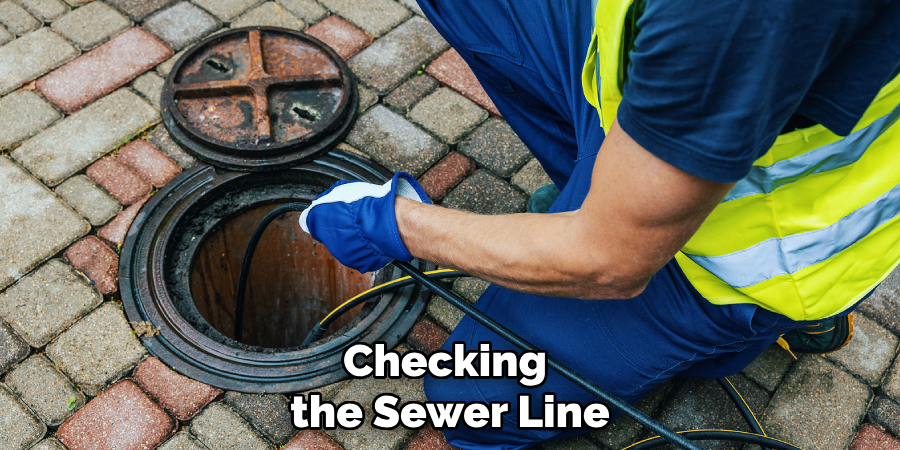
In such cases, it may be necessary to call a professional plumber to perform a thorough inspection andpotentiallylclearf the sewer line. Regular maintenance and inspections of your sewer lines can help prevent future backflow issues, ensuring a cleaner and safer bathroom environment.
Step 5: Address Any Malfunctions in the Plumbing System
If the backflow issue continues despite unclogging efforts, it’s crucial to investigate any possible malfunctions within your plumbing system. Begin by checking for faulty components, such as valves, pumps, and pipes. Look for signs of wear, leaks, or corrosion that could signal a malfunction.
If you identify any damaged parts, consider replacing them to restore proper functionality. Additionally, testing the valves and pumps to ensure they are operating correctly is essential.
If you’re unable to diagnose the problem or if the issues are complex, it’s best to consult with a professional plumber. They have the expertise to pinpoint malfunctions and carry out the necessary repairs, helping to prevent further occurrences of toilet backflow.
Step 6: Clean and Disinfect the Affected Area
After resolving the backflow issue, it’s essential to clean and disinfect the affected area thoroughly. Wastewater can contain harmful bacteria and pathogens that can pose health risks if not properly sanitized. Use a mixture of water and bleach or a commercial disinfectant to scrub down all surfaces in your bathroom that may have come into contact with the backflow.
Remember to wear protective gear, such as gloves and masks, while cleaning up any sewage backup to prevent exposure to harmful substances.
Step 7: Restore Water Supply
After ensuring that the backflow issue has been adequately addressed and the affected area has been cleaned, it’s time to restore the water supply to the toilet. Locate the shut-off valve that you previously turned off and slowly turn it counterclockwise to resume the flow of water. Monitor the toilet and surrounding area for any signs of leaks or further issues as the water supply is reinstated.
Once water has successfully returned to the toilet, check that it fills correctly and flushes without any signs of backflow. If everything appears to be functioning properly, congratulations on resolving the issue! If problems persist, do not hesitate to consult a professional plumber for further assistance.
Step 8: Schedule Regular Inspections and Maintenance
The best way to prevent toilet backflow issues is to have regular inspections and maintenance performed by a professional plumber. They can detect potential problems before they lead to major malfunctions, saving you time, money, and hassle in the long run.
Following these steps on how to stop toilet backflow and taking proactive measures can help keep your toilet functioning properly and prevent backflow issues. Remember to address any clogs or malfunctions promptly to avoid more significant problems down the line.
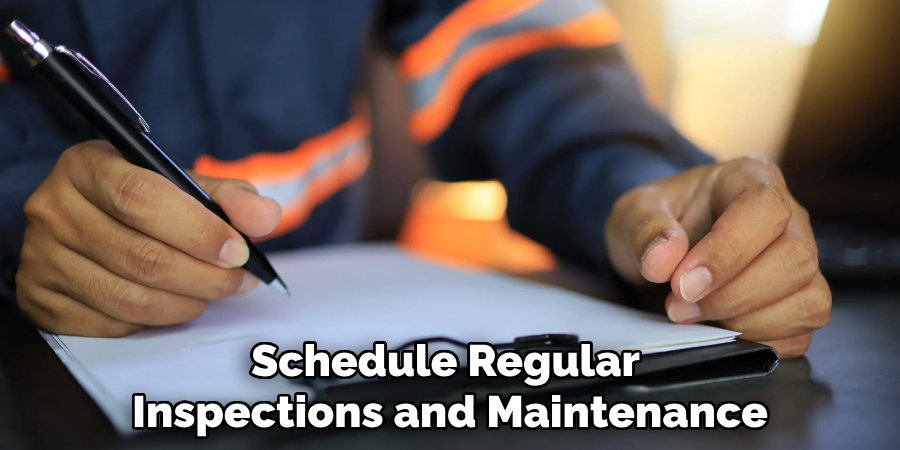
Proper maintenance, regular inspections, and swift action are key in maintaining a clean and functional bathroom. So stay vigilant and don’t hesitate to call for professional help if needed!
Frequently Asked Questions
Q: How Do I Know if My Toilet is Experiencing Backflow?
A: One of the most common signs of backflow is water rising in the toilet bowl after flushing. You may also notice gurgling sounds coming from your pipes or a foul odor emanating from the drain. If you experience any of these symptoms, it’s best to address the issue immediately before it worsens.
Q: Can Backflow be Prevented?
A: Yes, backflow can be prevented with regular inspections and maintenance of your plumbing system. It’s also important to avoid flushing items that can potentially clog your pipes and cause backflow issues.
Q: Is Backflow Dangerous?
A: Yes, backflow can be dangerous as it can expose you to harmful bacteria and pathogens present in wastewater. It’s crucial to take proper precautions, such as wearing protective gear, when addressing a backflow issue. Additionally, if left unresolved, backflow can lead to further damage and malfunction of your plumbing system. It’s best to address the issue promptly to prevent any potential hazards or costly repairs.
Conclusion
In conclusion, dealing with toilet backflow can be a daunting experience, but following the outlined steps on how to stop toilet backflow can help you effectively manage and resolve the issue. From plunging to utilizing a plumbing snake, and ensuring regular inspections, each step is crucial in maintaining a functional plumbing system. Remember that prevention is key; by scheduling routine maintenance and staying proactive, you can keep your plumbing in good working order.
Should you encounter persistent issues or feel overwhelmed, don’t hesitate to seek the expertise of a professional plumber. Maintaining a clean and efficient bathroom environment ensures peace of mind and protects your home from potential plumbing disasters.

